Customer Success Story: How Walmart Achieved Cost Savings with BT Wireless 1D/2D Scanners
In the highly competitive retail industry, efficiency and cost management are critical to maintaining profitability and customer satisfaction. Walmart, one of the world’s largest retailers, is no stranger to leveraging technology to optimize its operations. Facing challenges with inventory accuracy, checkout speeds, and operational costs, Walmart turned to BT Wireless 1D/2D Barcode Scanners to revolutionize its processes. This case study explores how Walmart implemented these advanced scanners, the challenges they addressed, and the significant cost savings they achieved.
The Challenge: Inefficiencies in Inventory and Checkout Processes
Walmart operates thousands of stores worldwide, each handling millions of products daily. With such a vast scale, even minor inefficiencies can lead to significant financial losses. The company identified several key challenges:
1. Inventory Inaccuracies: Manual scanning processes and outdated equipment led to frequent errors in stock levels, resulting in overstocking, stockouts, and lost sales.
2. Slow Checkout Speeds: Long checkout lines caused by slow barcode scanning frustrated customers and impacted the overall shopping experience.
3. High Operational Costs: Frequent repairs and replacements of consumer-grade scanners, coupled with inefficiencies in inventory management, drove up operational expenses.
4. Limited Mobility: Wired scanners restricted employees’ movement, slowing down tasks like shelf stocking and price checks.
To address these issues, Walmart needed a solution that combined durability, speed, and flexibility—all while being cost-effective.
The Solution: Implementing BT Wireless 1D/2D Barcode Scanners
After evaluating various options, Walmart chose BT Wireless 1D/2D Barcode Scanners for their advanced features and proven reliability. Here’s how these scanners addressed Walmart’s challenges:
Wireless Mobility: The Bluetooth-enabled scanners allowed employees to move freely throughout the store, improving efficiency in tasks like inventory checks and shelf stocking.
2. Dual 1D/2D Scanning: The ability to read both 1D and 2D barcodes ensured compatibility with all products, including those with QR codes or damaged labels.
3. Durability: Built to withstand drops, spills, and daily wear and tear, the rugged design reduced the need for frequent repairs and replacements.
4. Fast and Accurate Scanning: High-speed scanning capabilities minimized errors and sped up checkout processes, enhancing customer satisfaction.
5. Seamless Integration: The scanners easily integrated with Walmart’s existing inventory management and point-of-sale (POS) systems, ensuring a smooth transition.
Implementation Process
Walmart’s implementation of BT Wireless 1D/2D Scanners was a well-planned, phased approach:
1. Pilot Program: The company began with a pilot program in 50 stores to test the scanners’ performance and gather feedback from employees.
2. Employee Training: Comprehensive training sessions were conducted to ensure staff could effectively use the new devices.
3. Full Rollout: Based on the pilot’s success, Walmart rolled out the scanners across all its stores, prioritizing high-traffic locations.
4. Continuous Monitoring: The company established a system to monitor scanner performance, address issues, and optimize usage.
The Results: Significant Cost Savings and Operational Improvements
The implementation of BT Wireless 1D/2D Scanners delivered measurable results for Walmart, including substantial cost savings and operational efficiencies. Here’s a breakdown of the outcomes:
1. Reduced Inventory Errors
- Before: Manual processes and outdated scanners led to a 5% error rate in inventory counts.
- After: The accuracy of inventory data improved by 98%, reducing overstocking and stockouts.
- Cost Savings: By minimizing inventory discrepancies, Walmart saved an estimated $10 million annually in lost sales and excess inventory costs.
2. Faster Checkout Speeds
- Before: Checkout lines were often long, with an average scanning time of 3 seconds per item.
- After: The high-speed scanners reduced scanning time to 1 second per item, cutting checkout times by 30%.
- Customer Impact: Faster checkouts improved customer satisfaction scores by 15%, leading to increased repeat visits.
3. Lower Equipment Costs
- Before: Consumer-grade scanners required frequent repairs and replacements, costing Walmart approximately $2 million annually.
- After: The rugged design of BT Wireless Scanners reduced repair and replacement costs by 70%, saving the company $1.4 million annually.
4. Enhanced Employee Productivity
- Before: Wired scanners limited mobility, slowing down tasks like shelf stocking and price checks.
- After: Wireless scanners enabled employees to complete tasks 25% faster, improving overall store efficiency.
- Labor Savings: Increased productivity allowed Walmart to reallocate resources, saving an estimated $5 million annually in labor costs.
5. Improved Customer Experience
- Before: Long checkout lines and inventory inaccuracies frustrated customers.
- After: Faster checkouts and accurate stock levels enhanced the shopping experience, leading to a 10% increase in customer satisfaction ratings.
Key Takeaways
Walmart’s success with BT Wireless 1D/2D Scanners highlights the transformative impact of investing in the right technology. Here are the key lessons from this case study:
1. Technology Drives Efficiency: Advanced tools like BT Wireless Scanners can significantly improve operational efficiency, reducing costs and enhancing customer satisfaction.
2. Durability Matters: Rugged devices designed for heavy-duty use can lower long-term costs by minimizing repairs and replacements.
3. Employee Training is Crucial: Proper training ensures that employees can fully leverage new technology, maximizing its benefits.
4. Scalability is Key: A phased implementation approach allows businesses to test and refine solutions before full-scale deployment.
Conclusion
Walmart’s adoption of BT Wireless 1D/2D Barcode Scanners is a testament to the power of innovative technology in solving real-world business challenges. By addressing inefficiencies in inventory management, checkout processes, and equipment costs, Walmart achieved significant cost savings and operational improvements. This success story serves as a valuable example for other businesses looking to enhance efficiency, reduce costs, and deliver exceptional customer experiences.
For companies considering a similar investment, the message is clear: BT Wireless 1D/2D Scanners are not just a tool—they are a strategic asset that can drive tangible results and position your business for long-term success.
No comments


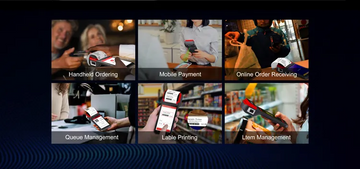
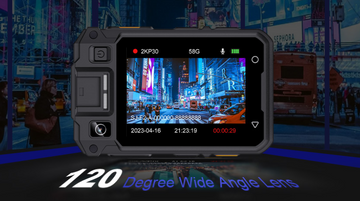

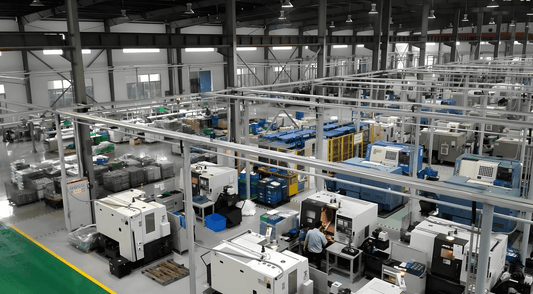
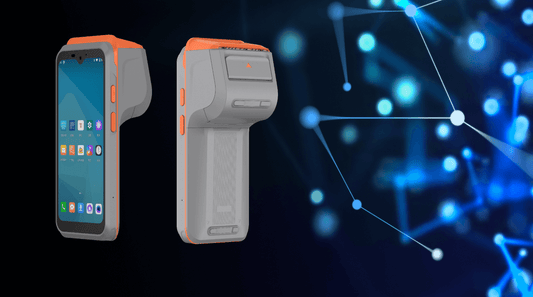
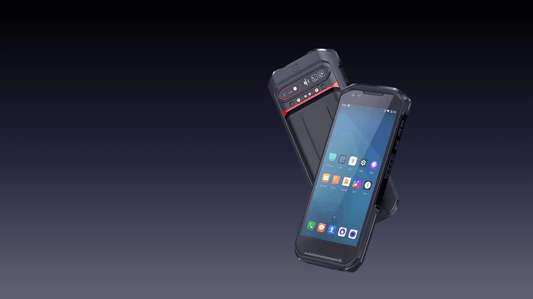
0 comments